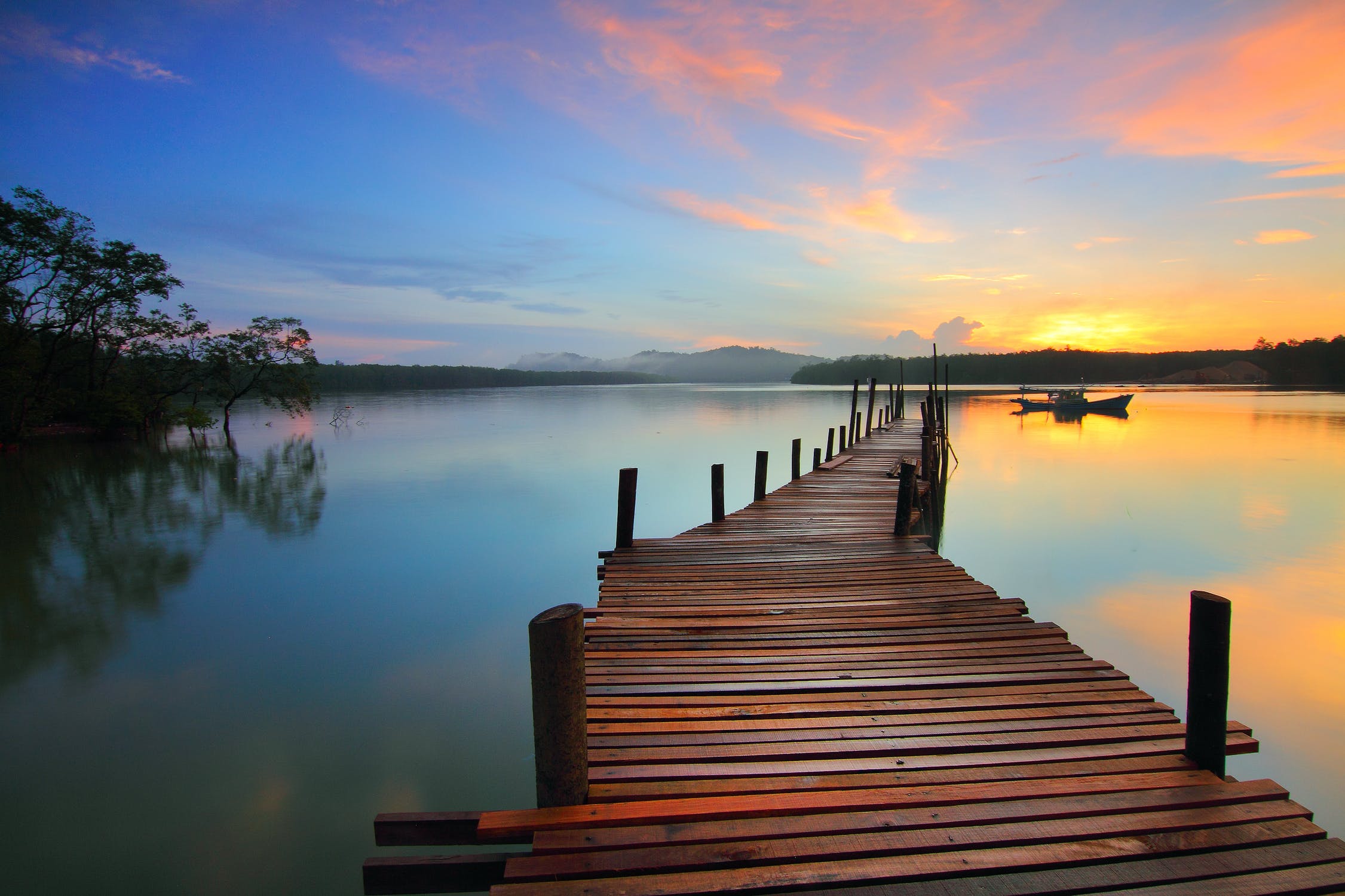This article appeared in Our Daily Planet in February of 2020.
Traditionally, environmental laws have been written to manage how we use nature. However, the rapid degradation of nature driven by human activity is forcing indigenous leaders and activists to push for nature having rights that are enshrined in law.
We saw an example of this last year when Ohio activists pushed for Lake Erie to have a bill of rights, only for their efforts to be roadblocked by the Chamber of Commerce. Yet this approach is gaining momentum and you shouldn’t be surprised to see it proposed throughout the United States and expanded in the rest of the world.
Why Aren’t Regulations Enough: In These Times put it perfectly,
“For many indigenous advocates of rights of nature, ecosystems are both sacred in their own right and inseparable from human societies. “I am the river and the river is me,” a Māori saying goes—an injury to the river is an injury to all. Rights of nature enshrine this principle as law. This ethical viewpoint isn’t so different from that of some radical environmentalists, who argue ecosystems and other organisms—be it due to their interconnectedness with sentient animals (including humans), their perceived consciousness or simply the fact they exist and are alive—have a moral claim to their lives and livelihoods. But for the hard-nosed human supremacists out there, there’s a selfish argument, too: The legal framework of rights offers more protection than typical regulations, and if we don’t protect these ecosystems, plenty of humans will suffer.”
(To read the rest of this article at its original source click HERE.)

